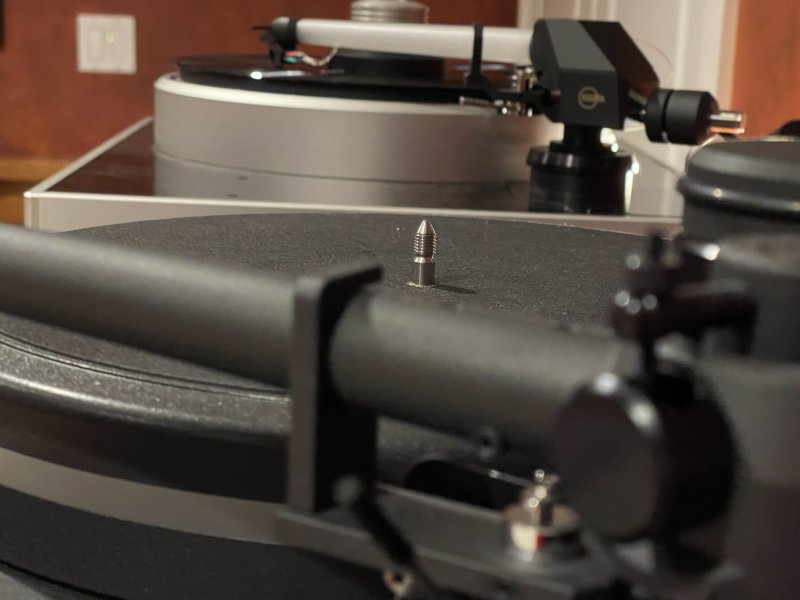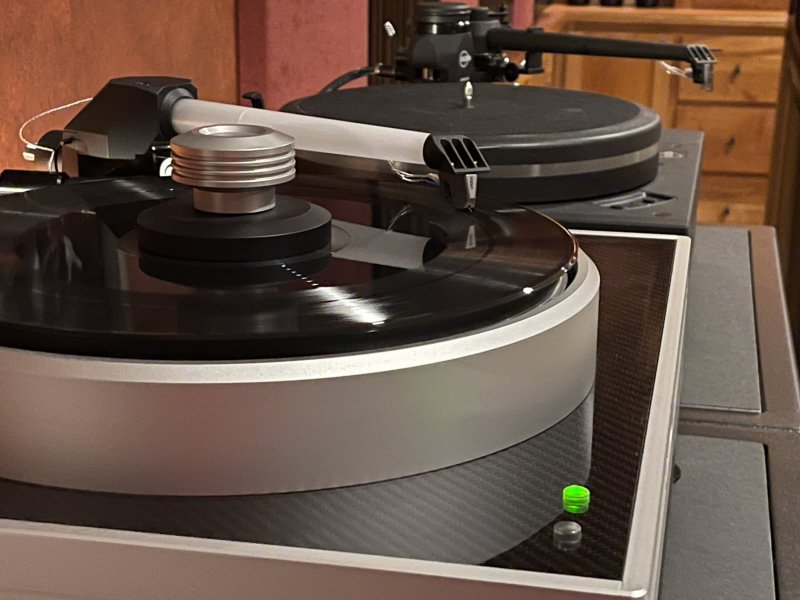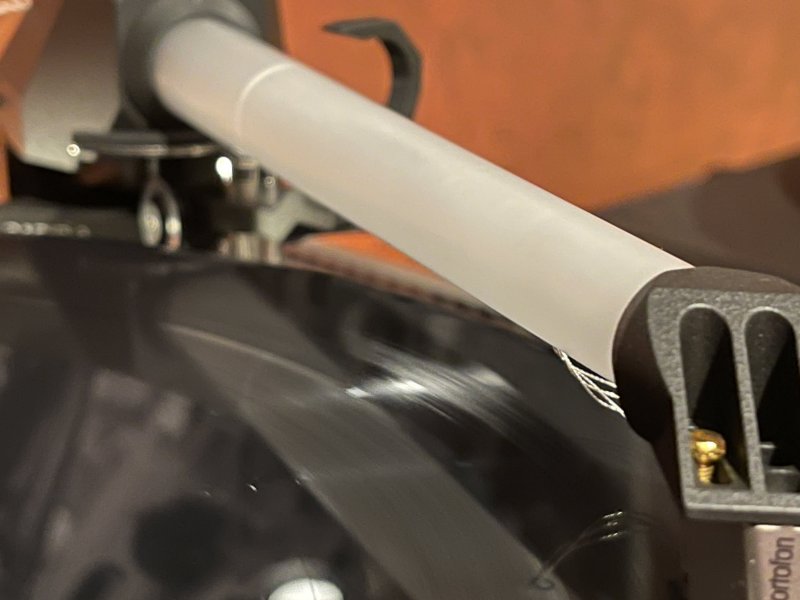But the biggest ? Is how does it sound compared to the 4POINT? I would guess the only thing to break-in is the tonearm cable.
Looking forward to your thoughts.
Enjoy
Looking forward to your thoughts.
Enjoy
Hi there, thanks for sharing your setup experience. (I too have the Safir sitting here awaiting a new arm board that arrives today for the Helix 2 but may not be able to get this on until this time next week)Assembly and set up. Only 3 parts. No damping pads, no damping fluids, no extra weights, non detachable headshell and no VTA tower. Stripped to essentials but don’t worry. It has all the usual and necessary set up possibilities. Can’t comment on the VTA system because I use one on the tonearm tower, but azimuth is more precise than on 4Point and consequently easier to




Interesting comment. I find LT arm has that light and airy signature as well.The Kuzma Safir replaced the Reed 5A, a completely different design. Musically the Reed also is a very good arm, it is accurate, however accuracy that is light and airy if that makes sense. The Kuzma 4Point and now the Kuzma Safir have always been accurate, however, they have more weight and body, which I lean towards, it's all preference.


some “difficult records” (like Vivaldi Four Seasons with Neville Marriner on Argo ZRG 654), can and do sound so much better than I previously thought. This LP is one of my “torture pieces”. It can sound quite sharp, thin, sometimes even annoying if everything is not dialed in. It didn’t become a “sonic masterpiece” overnight because of Safir 9 but now, it has a proper balance, weight, finesse and richness of strings to be totally enjoyable.
Number two is addressed already. See Franc's white paper on the topic on the Kuzma site. TL;DR, the compliance issue doesn't matter to the extent we might have believed. I for one don't worry much about cartridge resonance calculators. Empirical evidence tells me it doesn't matter in my system.Joking aside - I am intrigued as to:
1. Why no simple quick VTA adjustment - this is very Regaesque - is rigidity of greater value?
2. What about cartridge compliance and matching given the heavy weight - are buyers limited to Kuzma cartridges
This is from Safir 9 manual and should help. Unfortunately, as I said, can’t share any first hand experience with this adjustment because I didn’t try it.

The SAFIR 9 looks fantastic with the matt black XL DC !Assembly and set up. Only 3 parts. No damping pads, no damping fluids, no extra weights, non detachable headshell and no VTA tower. Stripped to essentials but don’t worry. It has all the usual and necessary set up possibilities. Can’t comment on the VTA system because I use one on the tonearm tower, but azimuth is more precise than on 4Point and consequently easier to set up right.
View attachment 96050View attachment 96051
View attachment 96056
View attachment 96052
View attachment 96054View attachment 96055
You’re right he doesn’t say. IMHO the idea behind that depends on better reading of lower bass information in the grooves by safir 9 (that’s the claim of writer not mine).Does he tell us why a high-mass turntable is mandatory? Maybe I missed that.
| Steve Williams Site Founder | Site Owner | Administrator | Ron Resnick Site Owner | Administrator | Julian (The Fixer) Website Build | Marketing Managersing |






